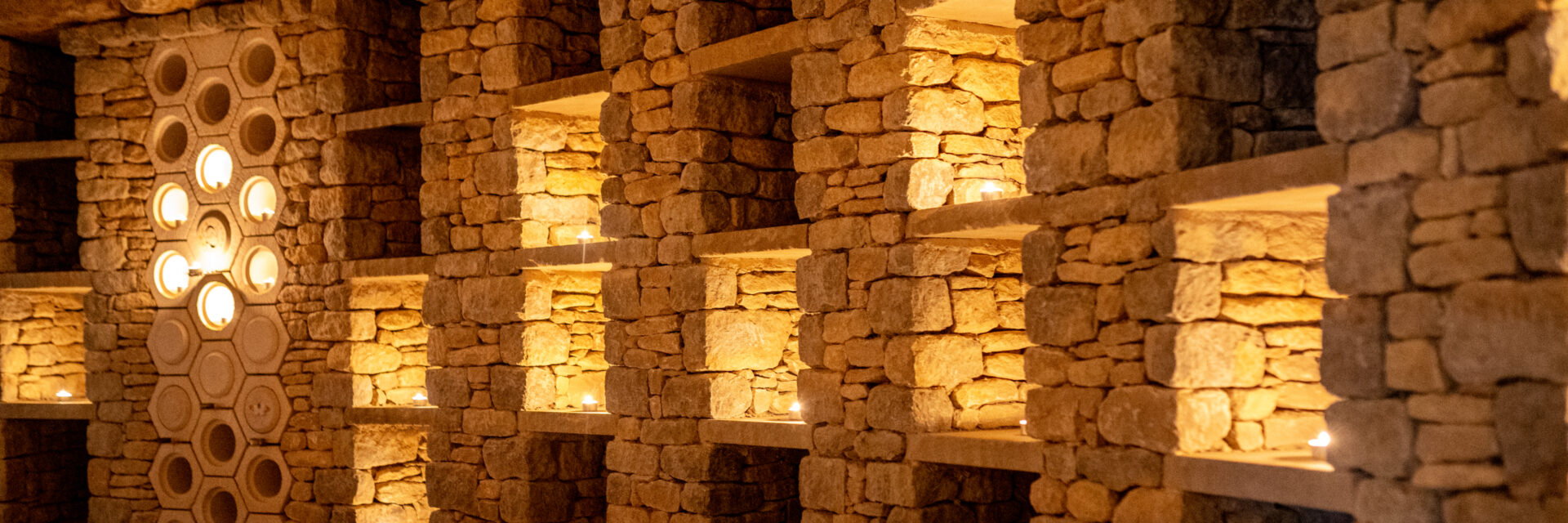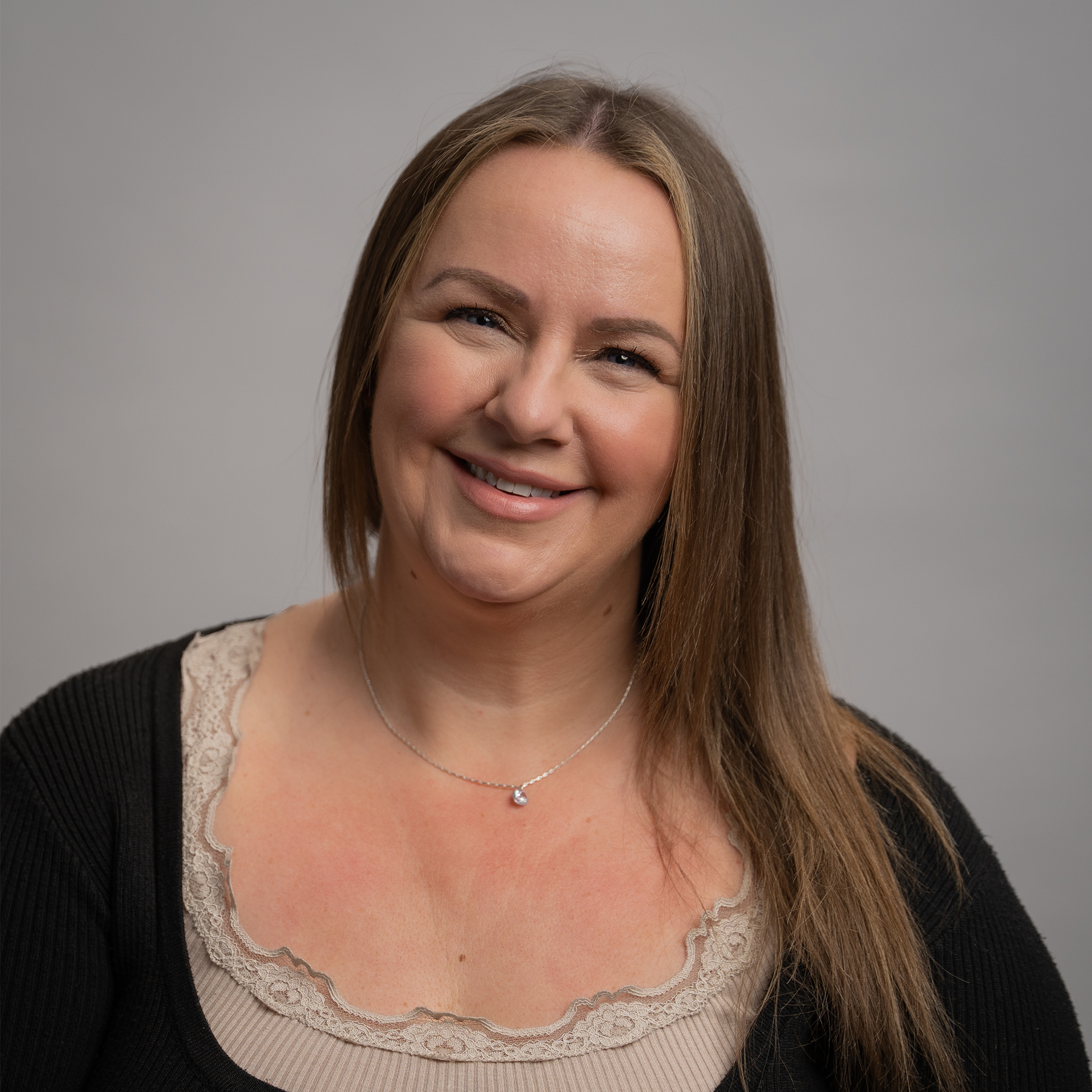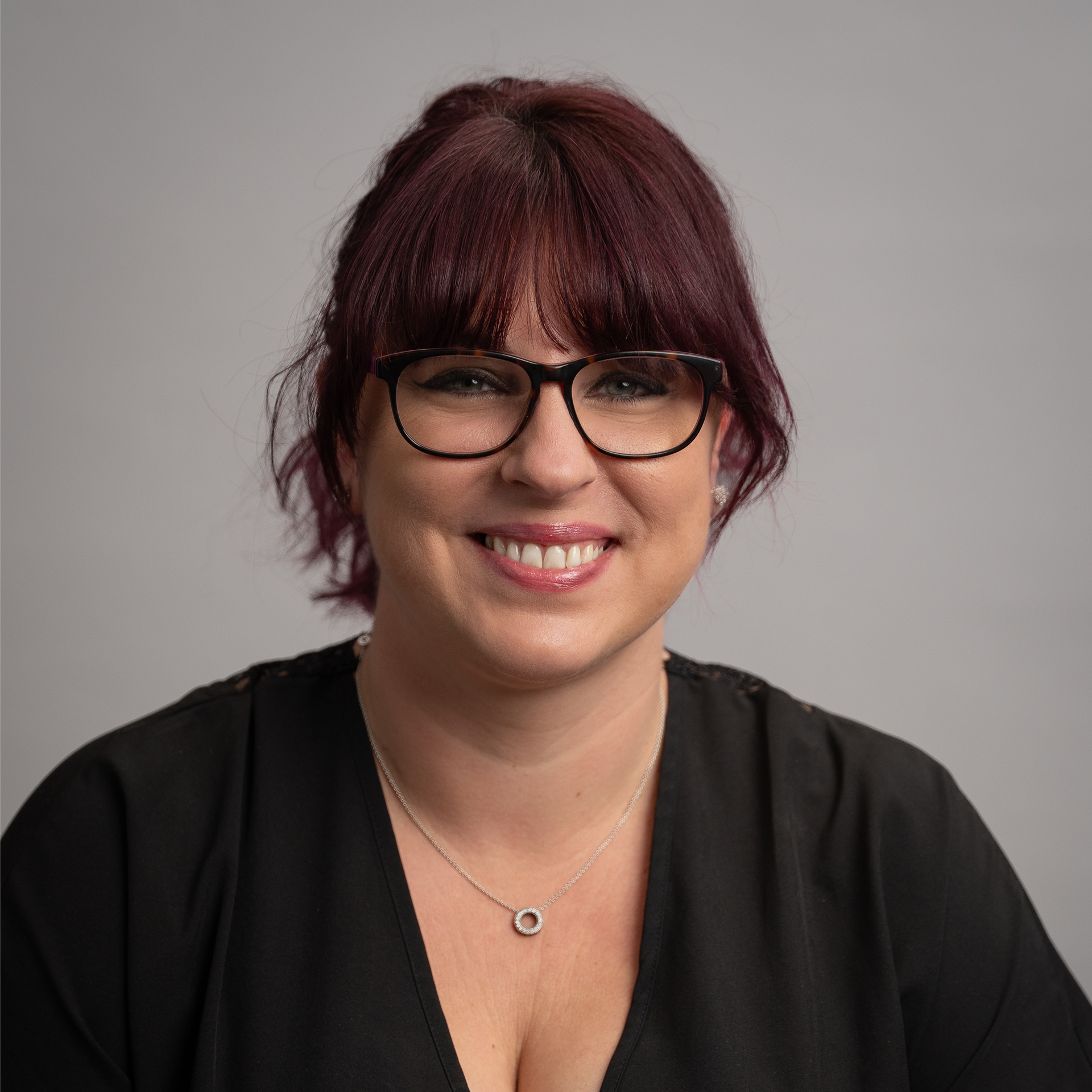
Two Together: Save £100!
Save £100 when you purchase two funeral plans together. Call us for more details.

Two Together: Save £100!
Save £100 when you purchase two funeral plans together. Call us for more details.

In life, when we face difficult situations, or help others to face theirs, in effect what we are doing is maintaining or repairing our pillars of strength. Our resilience in the face of adversity often rests upon a foundation of mental, physical, emotional, and spiritual strength. These different cornerstones offer us different bulwarks against despair and emotional desperation
In this article, we are going to talk about pillars of strength in the context of bereavement and grief: what they are, how they vary, how to maintain them, and how they can help us through healing. If you are currently facing a difficult time, then we would just like to acknowledge that at the outset, and we hope that you can take some comfort from what we have to say.
“Pillars of strength” is a metaphor that refers to the basis of our mental well being. Ideally, relying upon an evenly balanced mix of different pillars, we can become more resilient to adversity, and recover more quickly from blows to our mental well-being.
In order to be as well balanced as possible, ideally, we should maintain our physical, mental, spiritual and emotional health in balance. If we become overwhelmed on one front, the strength of the other three pillars will make it easier to deal with grief, for instance, if we are struggling to cope with the death of a parent, or any other loved one.
Each of us have different elements that make up our personalities — which make up who we are, so, of course, ‘mental, physical, emotional and spiritual’ will look different for everyone. The important thing is to understand how you yourself work, so that you can more easily respond to difficulty.
For instance, if you are the kind of person who loves to read, and you are facing a bereavement, you might find it helpful to engage with stories about death. This can work to maintain the pillar of strength in your life that derives from reading and appreciating literature. But, similarly, if you’re the kind of person who likes to be physically active, then doing sport and keeping fit is likely a strong pillar for you. If it bears significantly more weight than your other pillars, it means that if you are somehow unable to exercise physically, then you may be disproportionately less resilient to hardship than you otherwise could be.
The core pillars of strength in most people’s lives comprise mental, physical, emotional, and spiritual elements. Of course, each of us is different, and we all have different priorities and interests, which can impact how we respond to different situations.
Mental strength is an incredibly important pillar for resilience. You can strengthen it by applying your mind to different tasks and exercises, such as puzzles and games, or by learning a language. It’s also possible to gain a deeper understanding of (and perhaps control over) your mind through mindfulness exercises like meditation. There are a range of popular apps and services now which promote mindfulness, offering you the chance to embark upon a real journey of mental development, as well as quicker, more immediate exercises designed to help you sleep. Two good examples of these services are Headspace and Calm.
By cultivating the habit of keeping your mind active and in use, as well as a higher awareness of the condition of your mind, you will be more mentally resilient to waves of grief. Learning new skills can help to distract you from things like the grief caused by the unexpected death of a loved one. Remember also that the NHS offers mental health services.
Emotional strength — being aware of how you’re feeling, and of how your social connections can impact your emotions — can make you more resilient to grief and adversity. If you are an outgoing person who normally likes to be in the company of others, a difficult time can rob you of your desire to do this as normal. Before long, your lack of social contact could begin to weigh upon you and make you feel isolated, thereby intensifying any negative emotions you might be feeling through grief.
You can keep in touch with your friends simply by sending a short text or WhatsApp message. Even if you are normally used to meeting in person regularly, a little message between you and friends can be very reassuring for both parties. If you are the friend of someone who has been recently bereaved, and you are worried about them, you can send your love and support from afar if you get the feeling they wouldn’t like to be seen in person right now.
So many good things start with regular exercise and a healthy diet. In times of grief, our physical routine can quickly fall to pieces. This can make a disproportionately large impact on our resilience — especially if we are the kind of person who normally loves to exercise. The important thing with this pillar is to try to maintain even just a little bit of our routine when things feel bleak. Physical health and mental health are deeply connected, so waking up late, failing to get dressed, ordering a take away, and going to sleep in the small hours of the morning will see your mental health deteriorate before long, if done regularly.
Try not to be too hard on yourself if you are not able to cycle the miles you are used to, or to run as regularly as normal right now. If you order a takeaway because you just don’t feel like cooking, that’s completely understandable. The key is to recognise that physical activity and a healthy diet are part of the harmony that’s required for good sleep; with good sleep comes a feeling of restfulness, and with that, a stronger mind. You can take steps as small as you need in order to get back to your routine, piece by piece.
We can take spiritual strength from a variety of sources. With the decline of religion in the UK, perhaps there are fewer of us who turn to our religious communities than before, though of course this avenue of support shouldn’t be fully discounted. Others may engage literature, through stories about death, or a love of history, through ancient myths and legends about death to reflect on and come to terms with loss and grief.
On reflection, there is a lot of overlap between these different pillars, as, enjoying and reading literature can be a source of mental strength, whilst many people find exercising in nature by cycling, hiking or walking to be a spiritual experience. Meditation can be a good skill to teach your mind, and a way of expressing spirituality. The way in which you live your life, and how you see your priorities and interests, will influence the composition of your pillars of strength. Getting to understand how different elements of your health link together will also help you to take better care of yourself, to become more resilient, and to help your friends and family face their own challenges.
There’s a big link between our ability to grieve effectively and the passage of time. When we are first stricken with grief following a painful bereavement, it can be very hard to believe that we will ever feel right again. The devastation of losing someone we were close to turns our lives upside down, and can loosen our hold on all the things that keep us in balance and make us who we are.
Time can turn down the volume of this emotional intensity, and let us perceive the outline of grief more safely. We carry this into ourselves, and forward into the rest of our lives. When we lose someone, it isn’t necessarily the case that they’re ‘gone’, so to speak — indeed, our enduring grief keeps them alive in some way.
This impact of grief is something beautiful about death. Grief and bereavement can help us to grow as people through the years, becoming a part of who we are, making us stronger, and helping us to become more resilient in the face of additional challenges and grief when later experienced.
We can rebuild our resilience slowly and gradually, when we are knocked down. A good strategy is to understand what bereavement support is available to you, whether health-related or financial. If you are an outgoing person who needs the contact of others, but you want to talk about how you’re feeling with those who don’t know you, you can find people who can help you in your local community. For example, you can attend a local death cafe, where you can chat about grief with others who are separately grieving in your locality. Many people find this rewarding and uplifting. Charities like Sue Ryder can point you toward such experiences near you.

As with anything else, consistency and incremental, small improvements over a longer period of time are the big keys to personal growth. If you are bereaved and feeling down because you have fallen out of your running routine, don’t judge yourself if you’re not ready to run a marathon tomorrow. It might be the case that simply getting out of the house is enough. If you worry that you will bump into people you know and need to face conversation, or that the brightness of the daytime and the noise of its activity will simply make you feel isolated in your grief, try to go out when you’re less likely to see people, such as later in the evening, or earlier in the morning.
The first step is always the most difficult, and you may experience a few false starts. But, in time, with as much of a focus as you can manage on being consistent, you will notice that things are gradually getting a bit easier. Making small improvements in one department, across one pillar of strength, will hopefully lead to improvements across the others. Getting a bit closer towards your old routine can give you a morale boost, and help you to feel better mentally too, which can make a big difference in reinforcing your efforts. You might then notice your appetite returning, or your desire to socialise.
Ultimately, we all grieve differently, and will all need our own time to acclimatise. Holding our loved ones in our memory can offer lasting comfort to us. We may even build a ritual around this memory as a coping measure, having a regular celebration of life for them. Some of us never come to terms with a loss, or manage to navigate the grieving process. If, months after losing someone, you are still feeling as raw and pained as you were upon receiving the news, it may be time to seek medical or professional health via the NHS, or therapy.
Whether or not we have been bereaved recently, or are facing some kind of active adversity that has confronted us, occasionally our pillars of strength can find themselves under strain. Stress is a common factor that can inhibit us: being stressed can put us off our stride and rob us of the will to do what we normally do. We can feel stifled, as if we don’t have as much time or space to think as usual, and this can introduce an on-rushing tide of negative emotions.
By starting with the basics, we can aim to gain a foothold in a time of difficulty, from which we can mount a recovery. Engage in breathing exercises when you feel your heart-rate increasing. By focusing on your breath, you can start to actively take hold of the mechanisms within your mind which are making you feel swept along without a choice. Focusing on your breath can help bring your heart-rate down, increase your headspace, and give you what feels like more room for thinking, talking, and doing. Feeling your feet on the ground — that is to say, actively noting the sensation of them resting on or pressing into the floor — can literally help you to feel grounded when you have the sensation that you are moving uncomfortably quickly or lifting off.
Talking about what is on your mind is another way to reduce the burdens that we feel internally. This can be especially important, for instance, when dealing with a bereavement in the workplace, as stress can lead to consequences which could impact your performance at work.
If we’ve lost someone, it can also act as a source of comfort to creatively remember them. We can develop rituals around their interests as a personal way to remember them, and we can even use their cremation ashes to that effect.
There are many examples of resilience in the face of adversity, whether or not bereavement related throughout history, from Stephen Hawking; to our own founder, Paul Jameson; and Malala Yousafzai.
One of the most famous physicists of all time, Stephen Hawking, who wrote the seminal physics text A Brief History of Time, was not only famous for his intellectual achievements, but for the way in which he lived with motor neurone disease. He perhaps did more than any other person to raise awareness about that progressive neurological disease. The condition impacts the brain and nerves, slowly closing down our muscle function until we can no longer move, speak, and, eventually, breathe unaided. Hawking is one of the most celebrated British people to have lived, with the 2014 movie The Theory of Everything being made about him, in which he was memorably portrayed by Eddie Redmayne, for which the actor won an Oscar.
Motor neurone disease has also impacted the life of our own founder, Paul Jameson. Paul was diagnosed with the condition back in 2017, and founded our company two years later alongside his son, David (our CEO), and a family friend called Ben (our COO). Aura was established in response to Paul’s confrontation with his own mortality, as well as with end-of-life planning. He wrote a memoir of his experience called Very Much Alive, in which he movingly and openly reflects on how the terminal illness has impacted him.
At Aura, we strive to offer a service that is compassionate and reliable. Our specialist, industry leading team of funeral arrangers — the Aura Angels — is the secret to our success as a company, making us the top-rated ‘Cremation Services’ provider on consumer website, Trustpilot, with a score of 4.9/5 stars. Alongside Paul and his family, we each strive every day to offer a service of no lower a quality than Paul would expect for his own loved ones.
Malala Yousafzai has one of the most recognisable faces in the world. She is an advocate for the education of young girls and women, and she is the youngest ever winner of the Nobel Peace Prize. Yousafzai was a campaigner for education from a very young age, which, in rural, northern Pakistan, made her a target; in 2012, whilst on her way home from school, a masked gunman boarded her bus, who demanded Malala be identified. Then, after she was pointed out, she was promptly shot in the side of the face. She woke up 10 days later in a hospital in Birmingham.
Her triumph in the face of adversity — political / religious violence and strife and, relatively speaking, rural poverty — is one of the most heartwarming true stories in recent times. Malala now is one of the most inspiring advocates of education that there is, always facing the threats to her own passion with patience, courage, determination.
We hope that this article about how to build, maintain, and rely upon pillars of strength has been useful to you. When we become bereaved, we can enter some of the darkest days of our lives. In learning about how to rely upon our pillars of strength to keep us standing tall, we can more easily handle grief, and become more resilient. If you are currently looking to organise a funeral for a loved one who has recently died, we can help you to put together a direct cremation that will do them justice.


